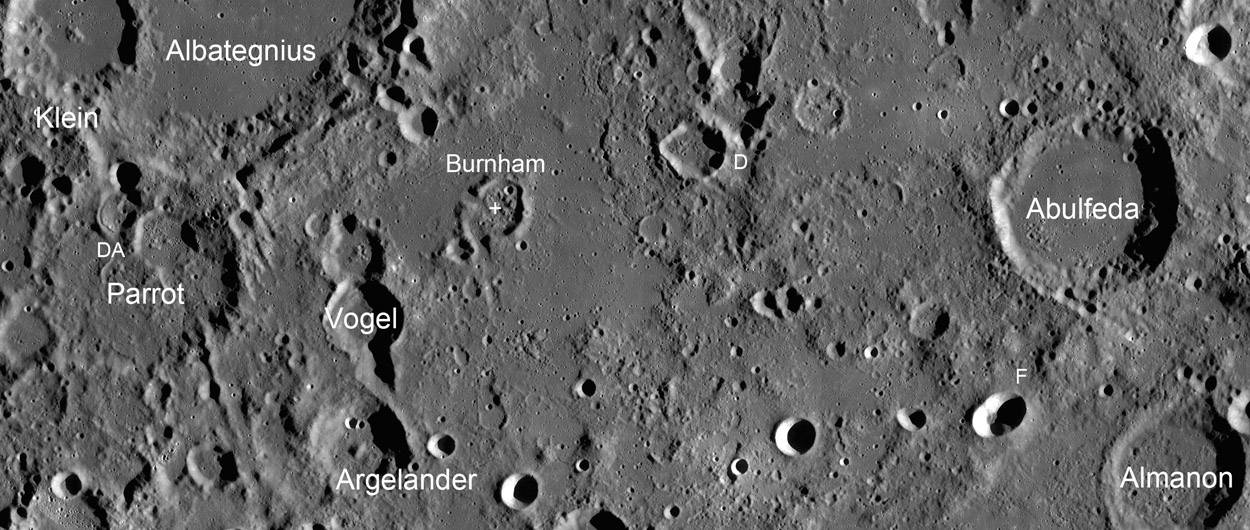Difference between revisions of "August 7, 2011"
| Line 3: | Line 3: | ||
<!-- ws:start:WikiTextHeadingRule:0:<h1> --> | <!-- ws:start:WikiTextHeadingRule:0:<h1> --> | ||
<!-- ws:start:WikiTextLocalImageRule:6:<img src="/file/view/LPOD-Aug7-11.jpg/244650325/LPOD-Aug7-11.jpg" alt="" title="" /> -->[[File:LPOD-Aug7-11.jpg|LPOD-Aug7-11.jpg]]<!-- ws:end:WikiTextLocalImageRule:6 --><br /> | <!-- ws:start:WikiTextLocalImageRule:6:<img src="/file/view/LPOD-Aug7-11.jpg/244650325/LPOD-Aug7-11.jpg" alt="" title="" /> -->[[File:LPOD-Aug7-11.jpg|LPOD-Aug7-11.jpg]]<!-- ws:end:WikiTextLocalImageRule:6 --><br /> | ||
| − | <em>LRO WAC mosaic from [http://wms.lroc.asu.edu/lroc_browse/view/WAC_GL000 | + | <em>LRO WAC mosaic from [http://wms.lroc.asu.edu/lroc_browse/view/WAC_GL000 WAC Global View] (NASA/GSFC/Arizona State University)</em><br /> |
<br /> | <br /> | ||
In looking in detail at part of one of the Lunar Reconnaissance Orbiter Wide Angle Camera (a mouthful) mosaics<br /> | In looking in detail at part of one of the Lunar Reconnaissance Orbiter Wide Angle Camera (a mouthful) mosaics<br /> | ||
| Line 24: | Line 24: | ||
intriguing objects to investigate. <br /> | intriguing objects to investigate. <br /> | ||
<br /> | <br /> | ||
| − | <em>[mailto:tychocrater@yahoo.com | + | <em>[mailto:tychocrater@yahoo.com Chuck Wood]</em><br /> |
<br /> | <br /> | ||
<strong>Related Links</strong><br /> | <strong>Related Links</strong><br /> | ||
Revision as of 17:37, 11 January 2015
Potpourri

LRO WAC mosaic from WAC Global View (NASA/GSFC/Arizona State University)
In looking in detail at part of one of the Lunar Reconnaissance Orbiter Wide Angle Camera (a mouthful) mosaics
today I noted a number of interesting small features; thus this lunar potpourri. The last word refers to dried and
fragrant flowers and other plant material. The Moon is dry (mostly), astronauts noticed a smell like gun powder,
it is our flower of the evening sky, and by adding one more letter we get planAt material - so potpourri it is. Here
are four fascinating features. Starting near top left is a feature I've lettered Parrot DA - it is officially unlettered, but
is next to Parrot D (the crater to the left of the DA type). DA is almost like a concentric crater. It has a ridge that
continues around the crater rim, just a little below the rim crest. It doesn't look volcanic but seems more like a
uniform slide downward of rim material. Odd and weird. Move east to Burnham (marked with a +). It may be an old
basin secondary made up of multiple overlapping craters. The thing that caught my eye is the mass of bumps and
hills on the floor - where did they come from? They look too big to simply be material slumped off the rim. The next
minor oddity is Abulfeda D. This teardrop-shaped crater is one of the asymmetrical secondaries from the Nectaris
Basin that [/March+25%2C+2009 Bill Ambrose] mapped. They formed by low speed and low angle oblique impacts. The final stop on this
magical tour is Abulfeda F near bottom right. This non-circular crater is made of two circular parts with a missing
wall where they intersect. This is the morphological signature of a simultaneous impact. This could have formed
as a higher angle secondary from Nectaris but it is much fresher than other Nectaris secondaries and isn't radial
to the basin - two fatal flaws. Perhaps it resulted from a single impact of an asteroid or comet that was pulled into
two pieces by the Moon's gravity and separated only a little before impact. If you look around you will find other
intriguing objects to investigate.
Chuck Wood
Related Links
Rükl plate 56



